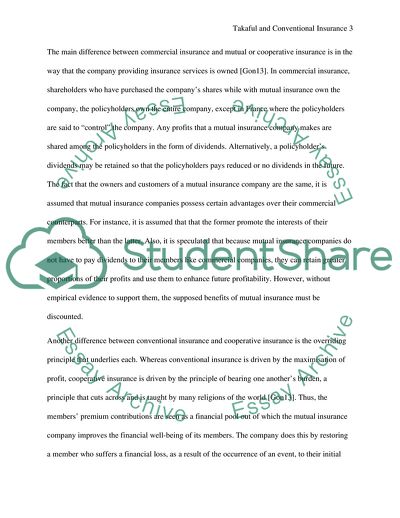Cite this document
(Takaful and conventional insurance Assignment Example | Topics and Well Written Essays - 2500 words, n.d.)
Takaful and conventional insurance Assignment Example | Topics and Well Written Essays - 2500 words. https://studentshare.org/finance-accounting/1870827-takaful-and-conventional-insurance
Takaful and conventional insurance Assignment Example | Topics and Well Written Essays - 2500 words. https://studentshare.org/finance-accounting/1870827-takaful-and-conventional-insurance
(Takaful and Conventional Insurance Assignment Example | Topics and Well Written Essays - 2500 Words)
Takaful and Conventional Insurance Assignment Example | Topics and Well Written Essays - 2500 Words. https://studentshare.org/finance-accounting/1870827-takaful-and-conventional-insurance.
Takaful and Conventional Insurance Assignment Example | Topics and Well Written Essays - 2500 Words. https://studentshare.org/finance-accounting/1870827-takaful-and-conventional-insurance.
“Takaful and Conventional Insurance Assignment Example | Topics and Well Written Essays - 2500 Words”. https://studentshare.org/finance-accounting/1870827-takaful-and-conventional-insurance.


